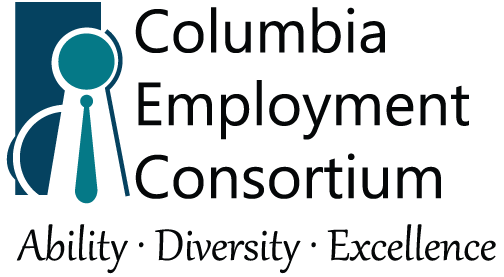
Quick Guide to the ADA for EmployersThe Americans with Disabilities Act (ADA) was signed into law in 1990 and amended in 2008 (ADA Amendment Act) to expand and clarify the definition of disability. The intent of the law is to protect people with disabilities from discrimination and eliminate barriers to participating fully in American life. The law is very broad covering activities of private businesses, state and local government and employment. Employment Practices Covered under Title ITitle I of the ADA contains the regulations that pertain to employment. It covers employers who have 15 or more employees (both full and part-time). Title I protects individuals with disabilities from employment discrimination if they are qualified for the position and can do the "essential functions" (fundamental duties) of the job, whether or not they need to use a reasonable accommodation. For instance, if a person with a disability applies for a position that requires a college degree and does not have one, that individual cannot claim discrimination on the basis of disability.These regulations cover all aspects of employment including:
Employers' ResponsibilitiesEmployers are not Required to:Reasonable AccommodationReasonable accommodation is a major requirement of the ADA that allows many people with disabilities to work successfully, when they might not be able to otherwise. An accommodation is simply a change or modification in the way a job is usually performed. Accommodations may be anything from a change in the work schedule, a raised or lowered work station, or a screen magnifier on a computer. The ADA only requires employers to provide accommodations that are reasonable for their specific workplace. That means accommodations that would pose an "undue hardship" (very costly) or an "administrative burden" (e.g., change the nature of the workplace/job or require excessive supervision). Since every job and workplace is different, deciding whether or not an accommodation is reasonable is made on a case by case basis. For instance, it may not be reasonable to have a flexible work schedule if a job involves making sure a business is open at a specific time every day. However, other jobs (such as data entry) may allow for a flexible schedule as long as the work is completed. Job applicants may also request accommodations and should receive them if they are reasonable. Example: An individual who is deaf may request an interpreter for a job interview. Definition of a Disability: Who is CoveredA person is considered disabled if he or she has a physical or mental condition that substantially limits a major life activity or major bodily function with or without “mitigating measures”. Major life activities include, but are not limited to; seeing, hearing, eating, sleeping, walking, standing, lifting, bending, speaking, breathing, learning, reading, concentrating, thinking, communicating, and working. Major bodily functions include, but are not limited to, functions of the immune system, normal cell growth, digestive, neurological, brain, respiratory, circulatory, endocrine, and reproductive functions. Cancer, diabetes, and Parkinson’s Disease are examples of conditions that covered under the ADA because they are the result of an impairment in a major bodily function. Mitigating measures refers to what individuals with disabilities use to eliminate or reduce the impact of a disability. This can include medications, hearing aides, mobility devices such as wheelchairs, therapy, etc. Often people with disabilities don't need accommodations on the job because of the use of a "mitigating measure". However, they are still considered to have a disability and protected from discrimination by the ADA. For example, a person who has diabetes may have her condition fully under control with the use of insulin, but she is still considered to have a disability and protected from discrimination. Employees and applicants are also protected by the ADA if they have a history of a disability or are “regarded” as a person with a disability. Example: an employee who had cancer in the past, but is now in remission would be protected from discrimination; or a job applicant with facial scars may not actually have a disability, but would be protected by the ADA if treated as if he or she had a disability. |